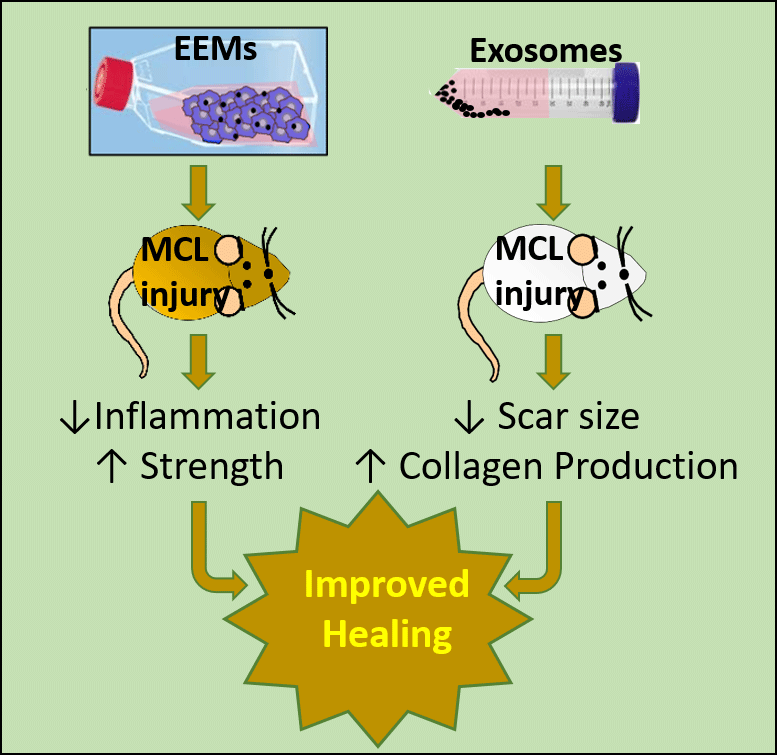
Exosome educated macrophages (EEMs) and exosomes differentially improve ligament healing. EEM treatment to an injured rat medial collateral ligament (MCL) resulted in reduced inflammation and improved ligament strength. In contrast, exosome treatment reduced scar size, and increased collagen organization and production. Despite different outcomes, both treatments were uniquely effective in accelerating healing. Credit: AlphaMed Press
Each year ligament injuries sideline thousands of athletes and regular citizens. Recovery is long and painful, and sometimes a return to full function is never realized due to scar formation — a factor that makes ligament injuries prone to further damage. A new exosomes study released today in STEM CELLS may lead to a welcomed solution in the future.
This study demonstrates how exosomes, sacs of cell membrane in the body that shuttle proteins and genetic information between cells, and exosome-educated macrophages (EEMs), a type of white blood cell that typically kills microorganisms and removes dead cells, but also could stimulate the action of other immune system cells, can promote ligament healing and reduce scarring.
Last year the team behind this study, researchers at the University of Wisconsin-Madison (UW-Madison), released another study (also published in STEM CELLS) that showed how treating an Achilles tendon with EEMs reduces inflammation and improves tendon strength. The EEMs were generated by exposing CD14+ macrophages to mesenchymal stromal cell (MSC) derived exosomes.
“Our previous study was done on a mouse model,” said Ray Vanderby, Ph.D., professor of orthopedics and rehabilitation at UW-Madison. He and Peiman Hematti, M.D., from UW-Madison’s Department of Medicine, are corresponding authors on both of these studies. “While the results were superior when compared to treatment with MSCs, the functional/mechanical benefit of the exosomes was not as obvious as with the EEMs. This led us to our current study goals.”
First, the researchers wanted to reproduce the healing effects of EEMs in a different rodent model — a rat medial collateral ligament (MCL), which is a ligament that runs along the edge of the knee. “We hypothesized the EEM treatment would reduce inflammation and accelerate ligament healing, similar to our previous tendon results,” Dr. Vanderby said.
Secondly, they wanted to study the effects of exosome therapy on the rats’ MCL injuries, hypothesizing that MSC-derived exosomes could also improve ligament healing and reduce scar formation.
When the results came in, they supported the team’s speculation that EEMs did, indeed, improve rat MCL function and reduced the M1/M2 macrophage ratio, too. (M1 macrophages protect against bacteria and viruses, while M2 macrophages focus on wound healing and tissue repair.)
The exosomes also elicited a biological response — most notably, an increase in collagen and a reduction in scarring. “The ability of exosomes to reduce scar formation and upregulate collagen type expression has been documented in tendon healing models, but to our knowledge this is the first study to report this in ligaments,” Dr. Vanderby said.
“This study is an exciting advance in the field of MSC-derived exosomes,” said Dr. Jan Nolta, Editor-in-Chief of STEM CELLS “the demonstration by this excellent group that exosome-educated macrophages can play such a major role in both tendon and ligament healing has exciting potential for improving the trajectory of healing of human athletic injuries.”
The investigators now question whether, in addition to promoting healing in ligament- and tendon-related injuries, EEMs and exosomes might be applied to other scarring debilities. Of special interest to this group is how they might be used to treat a wide range of degenerative and sport-related orthopedic conditions. However, EEMs and exosome could be investigated in a wide range of other applications, too, such as radiation damage to the bone marrow, another area of special interest to Dr. Hematti, as a bone marrow transplant physician.
“EEMs and exosomes each have attractive characteristics as therapeutics,” Dr. Hematti noted. “As a cell therapy, EEMs will not proliferate or differentiate to undesirable cell types, which remains a concern for many stem cell therapies. Moreover, EEMs could be generated from a patient’s own monocytes using off-the-shelf exosomes, resulting in a faster and more facile process compared to autologous MSCs. Alternatively, exosome therapy could be a cell free, shelf-stable therapeutic to deliver biologically active components.”
“Altogether, we believe our studies’ results support the use of EEMs and/or exosomes to improve ligament healing by modulating inflammation and tissue remodeling,” Dr. Vanderby concluded.
Reference: “Exosome-educated macrophages and exosomes differentially improve ligament healing” by Connie S. Chamberlain, John A. Kink, Linzie A. Wildenauer, Maxwell McCaughey, Katie Henry, Andrea M. Spiker, Matthew A. Halanski, Peiman Hematti and Ray Vanderby, 3 November 2020, STEM CELLS.
DOI: 10.1002/stem.3291

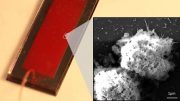
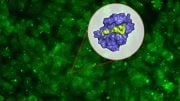
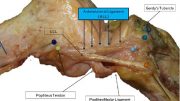
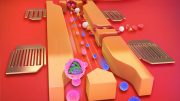
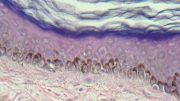
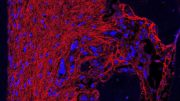
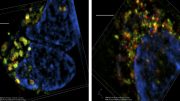
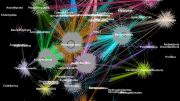
Did you mean it increased M1/M2 RATIO? Not improved it?